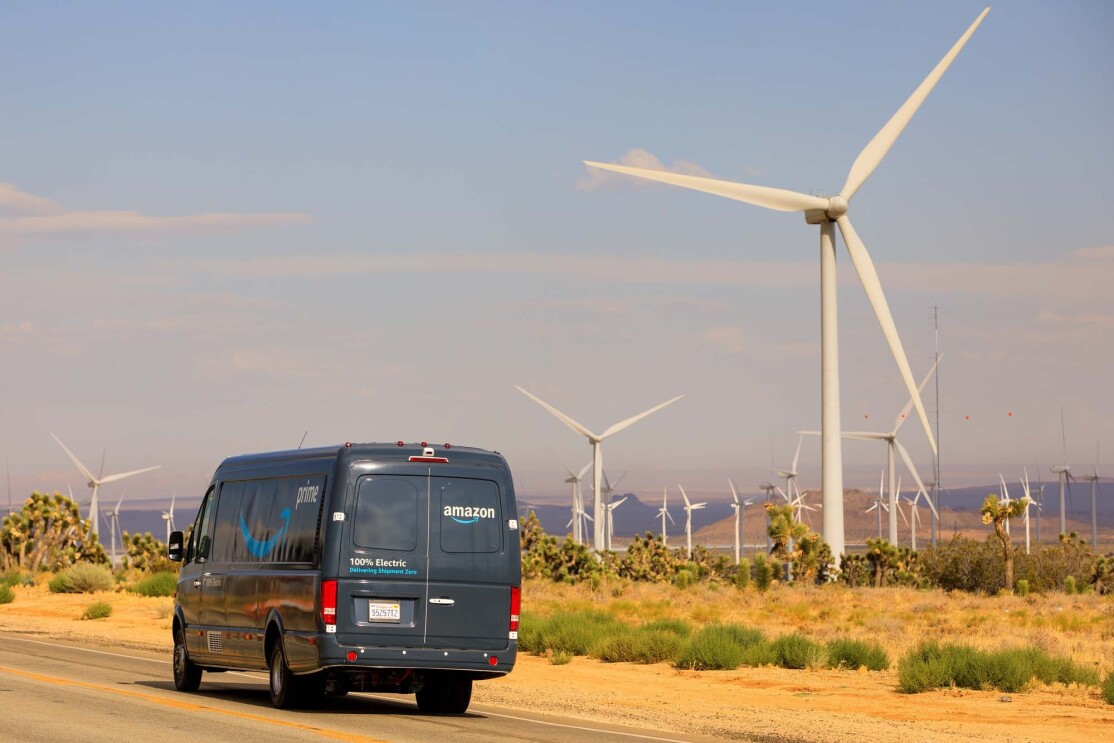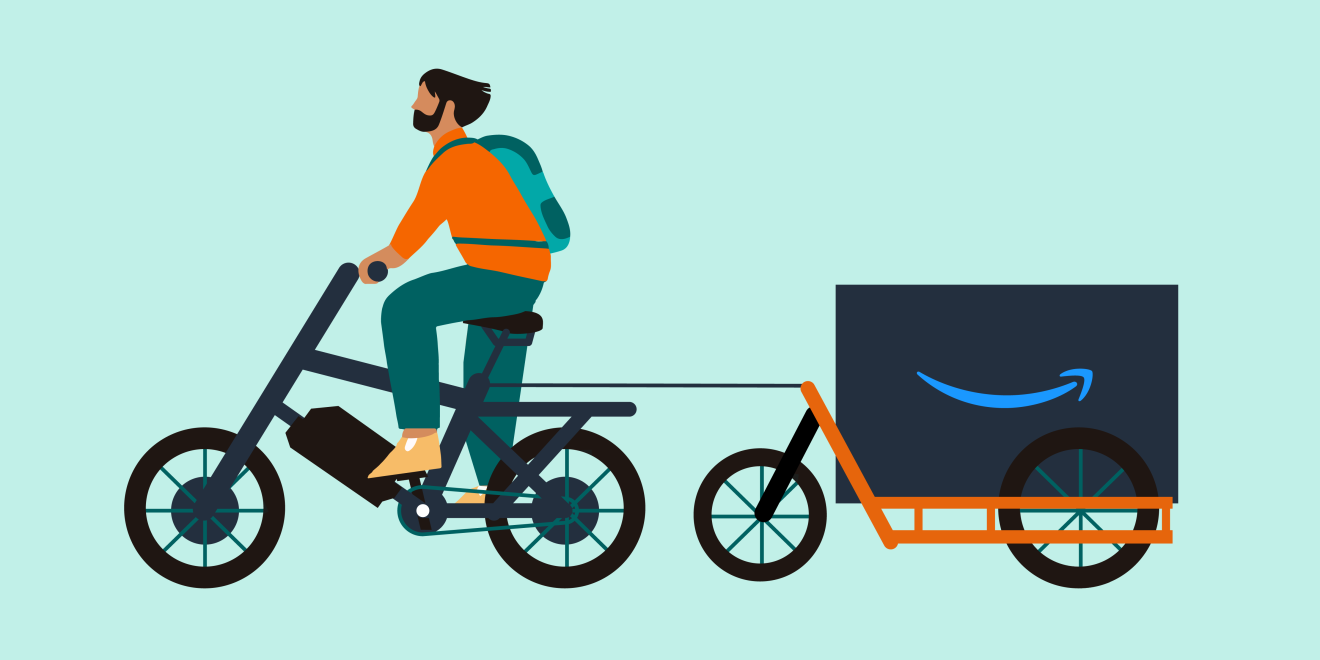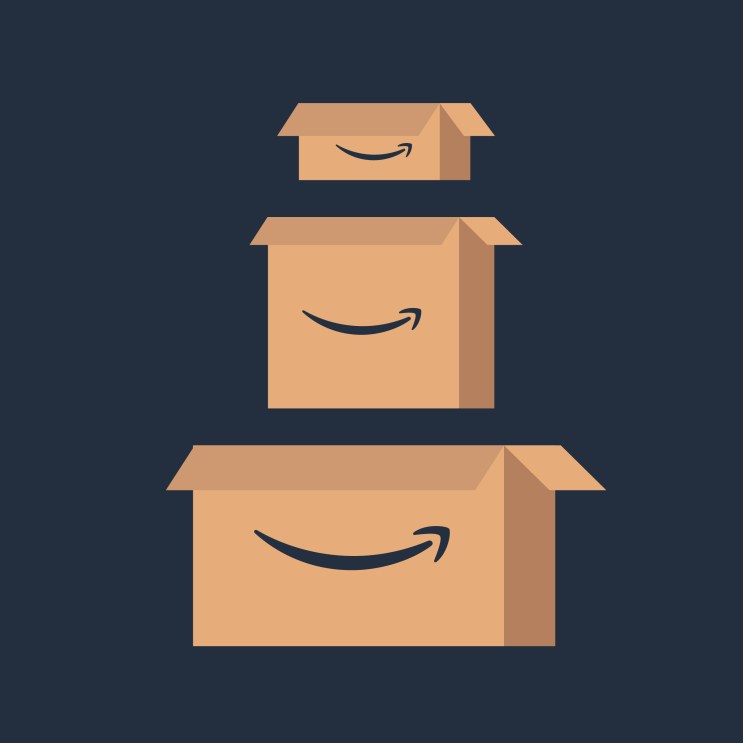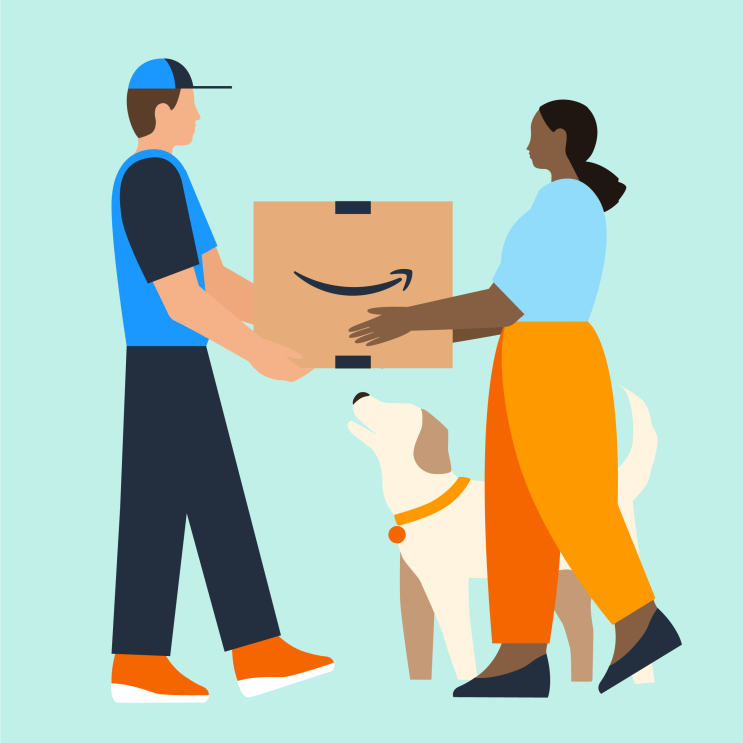In 2022, we took important steps forward across our social, community, and environmental work, while also continuing to expand our sustainability vision for the future of our business. At the centre of it all is our customer obsession. We know that sustainability is important to our customers, and we’re continuously investing, inventing, and improving to make every interaction more sustainable than the last. We do this while working to minimise our impact on the planet and the communities we operate in.
Amazon is an ecommerce business, entertainment studio, cloud provider, grocer, and more—and we’re making sustainability a priority across all of these businesses. The Climate Pledge is Amazon’s commitment to reach net-zero carbon by 2040, and every day we’re working toward this goal. It’s an incredibly challenging task, but one that we’re confident we can achieve. From the moment a customer clicks “Buy Now” to the moment a package arrives on their doorstep, we have teams of scientists and engineers working to make that process more sustainable. Across our production studios, we’re reducing the use of fossil fuels, deploying battery-electric generators, using solar-powered cast trailers, and operating electric vehicles on sets. At Amazon Web Services (AWS), we’re helping customers reduce their environmental impact, offering advanced engineering, data centres, and cloud computing that reduces energy and workload carbon emissions.
I’m proud of and inspired by the work our teams around the world have accomplished, and excited about what’s ahead. Read below for nine highlights from the report.
1. Powering our operations by renewable energy with new wind and solar farms

We are on a path to powering our operations with 100% renewable energy, and we’re on track to do this by 2025, five years ahead of schedule. In 2022, 90% of electricity consumed by Amazon was powered by renewable energy sources, thanks to more than 400 wind and solar projects around the world. In addition to wind and solar electricity, we’re also investing and innovating in new energy technologies like green hydrogen. Through the Climate Pledge Fund, we’re working with companies like Electric Hydrogen and Sunfire to improve energy generation, storage, and utilisation.
2. Growing our fleet of electric and sustainable delivery options

In 2022, we had more than 9,000 electric delivery vehicles in our global fleet, and 145 million packages were delivered by EVs in the US and Europe. Our goal is to get 100,000 electric delivery vehicles from Rivian on the road by 2030. Today, we have more than 5,000 vehicles operating in the US and recently announced the first 300 to hit the road in Germany.
We’re also investing in sustainable logistics technologies and have more than 15,000 hydrogen-powered forklifts operating in our fulfilment centres in North America. In 2022, we signed a deal for enough green hydrogen to fuel 40,000 forklifts annually by 2025. We also deployed e-cargo bikes, scooters, and on-foot deliveries from micromobility hubs, including in New York City’s Manhattan and in 20 cities across Europe—from London and Paris to Marseille and Munich.
3. Minimising waste and excess packaging

We’re continuously improving our packaging for customers, using machine learning to minimise excess waste and single-use plastic. In 2022, we decreased single-use plastic by 11.6% across our global operations by expanding paper-based packaging, and continuing to use lighter and more-flexible packaging. Where possible, we also eliminate packaging altogether. In 2022, 11% of all packages shipped globally were without added Amazon delivery packaging.
Smaller and lighter packages take up less space during transport, and result in fewer carbon emissions in delivery. Since 2015, we’ve reduced the weight of packaging per shipment by 41% on average, avoiding more than 2 million tons of material waste — around 950 times the weight of the capital's famous London Eye.
4. Reducing supply chain emissions

Reaching net-zero carbon by 2040 requires Amazon to reduce its carbon footprint across our entire business, including our vast global supply chain. Like many companies our size, this is challenging, as these are activities that take place outside our direct operational control. We know that to decrease our carbon footprint, we must work with our supply chain partners to help them decarbonise their own operations. Beginning in 2024, we’re updating our Supply Chain Standards to require suppliers to share their carbon emissions data with us and set carbon goals. We’ll use our scale, investment, and innovation to provide tools and resources to help them reach their goals—whether that’s transitioning to renewable energy or accessing more sustainable materials.
5. Lowering our total emissions footprint and carbon intensity as the business grows

Amazon is a high-growth company, and a decreasing carbon intensity indicates that we’re successfully decoupling our emissions growth from the growth of our business. Our carbon intensity decreased 7% in 2022, while our business continued to grow. The carbon intensity metric allows us to measure how our carbon footprint is changing relative to the growth of the business.
Our total carbon footprint also decreased by 0.4% in 2022 as a result of our renewable energy investments, as well as a decrease in emissions from building construction and third-party transportation.
6. Designing data centres with a lower carbon footprint

AWS is designing data centres, including servers and hardware, for efficiency, resiliency, and a lower carbon footprint. Research shows that AWS can lower customers’ workload carbon footprints by nearly 80% compared to on-premises computing workloads and lower workloads up to 96% once AWS is powered with 100% renewable energy.
AWS also announced it will be water positive by 2030, returning more water to communities and the environment than we use in our direct operations.
7. Offering customers more sustainable product choices

Customers want products that align with their values, including sustainability. Our Climate Pledge Friendly (CPF) programme helps customers identify products that are vetted by one or more trusted third-party sustainability certifiers as well as our own. In 2022, we more than doubled the number of CPF products available, and today, customers can shop from more than 550,000 CPF products. This same year, we shipped more than 800 million CPF-certified products, and the programme now includes more than 50 certifications.
8. Respecting human rights with responsible business conduct

People are critical to the success of our business, and Amazon is committed to treating our employees, and the people connected to our entire value chain, with fundamental dignity and respect. In 2022, we committed $3 million to the US Agency for International Development (USAID) Climate Gender Equity Fund to address inequities that exist for women in the climate finance ecosystem. We also support female entrepreneurs with the resources they need to develop climate change innovations.
9. Advancing supplier diversity

Operating a diverse supply chain brings innovation, economic growth, and it’s the right thing for society as a whole. In 2022, we focused on building and strengthening our supplier diversity and inclusion (SDI) processes, technologies, and partnerships. We spent $3.3 billion with 375 certified diverse suppliers, and hosted in-person events designed to meet diverse and small business owners across the US.
The Path Forward
We know there are no shortcuts or quick fixes to being a sustainable company, and we know that progress may look different every year on this journey. We’re working on solutions today—making big bets, tackling grand challenges, and inventing on behalf of our customers—and we’re excited about what’s ahead.
Learn more about Amazon's commitment to sustainability, and read our 2022 Sustainability Report in full.



